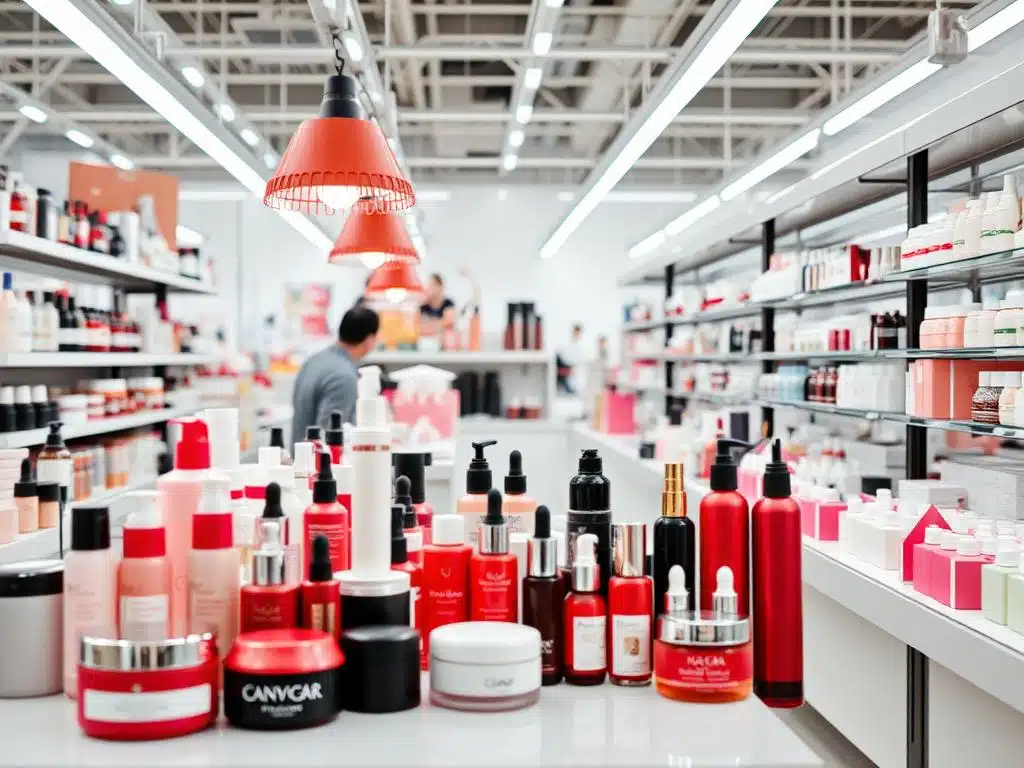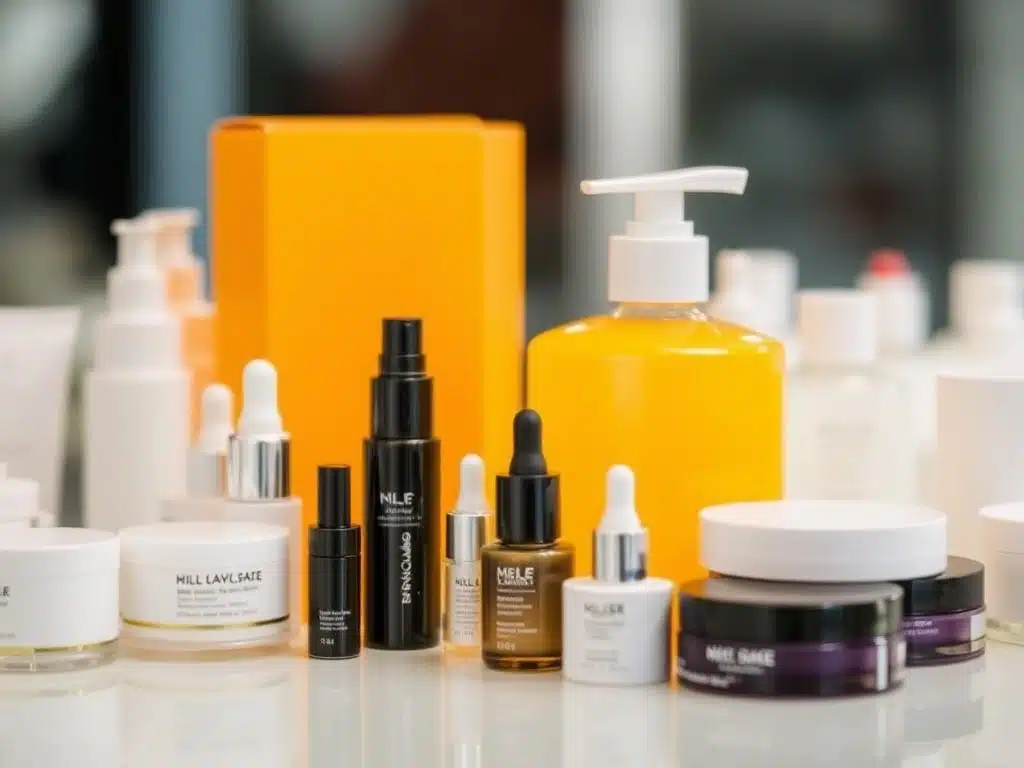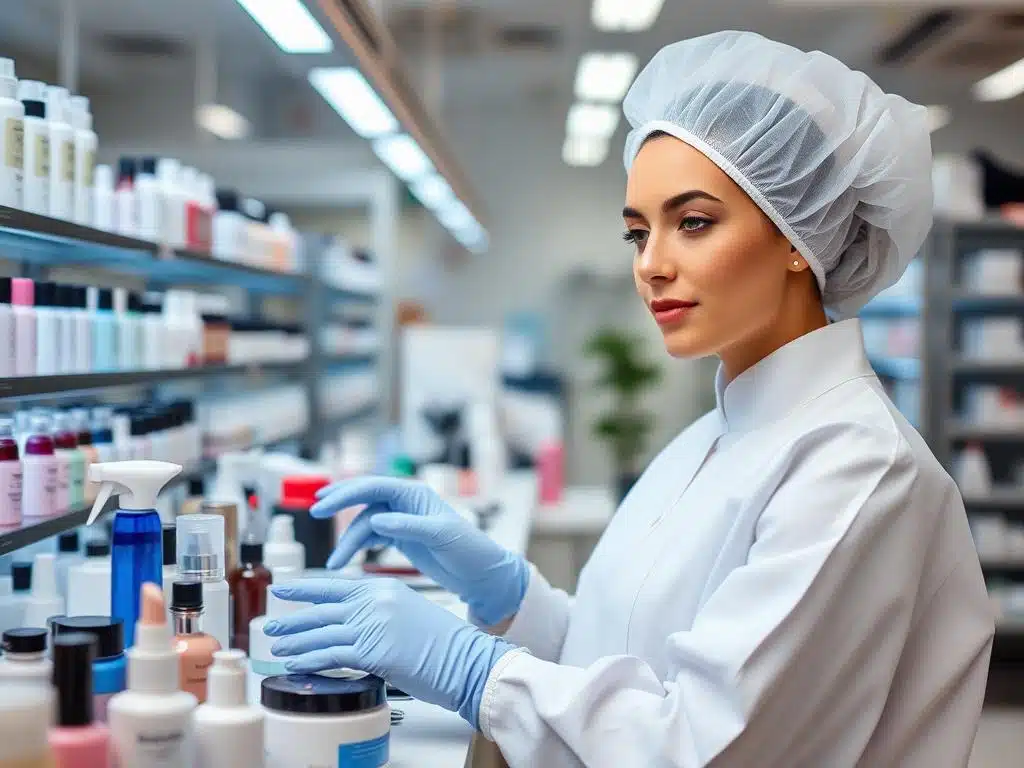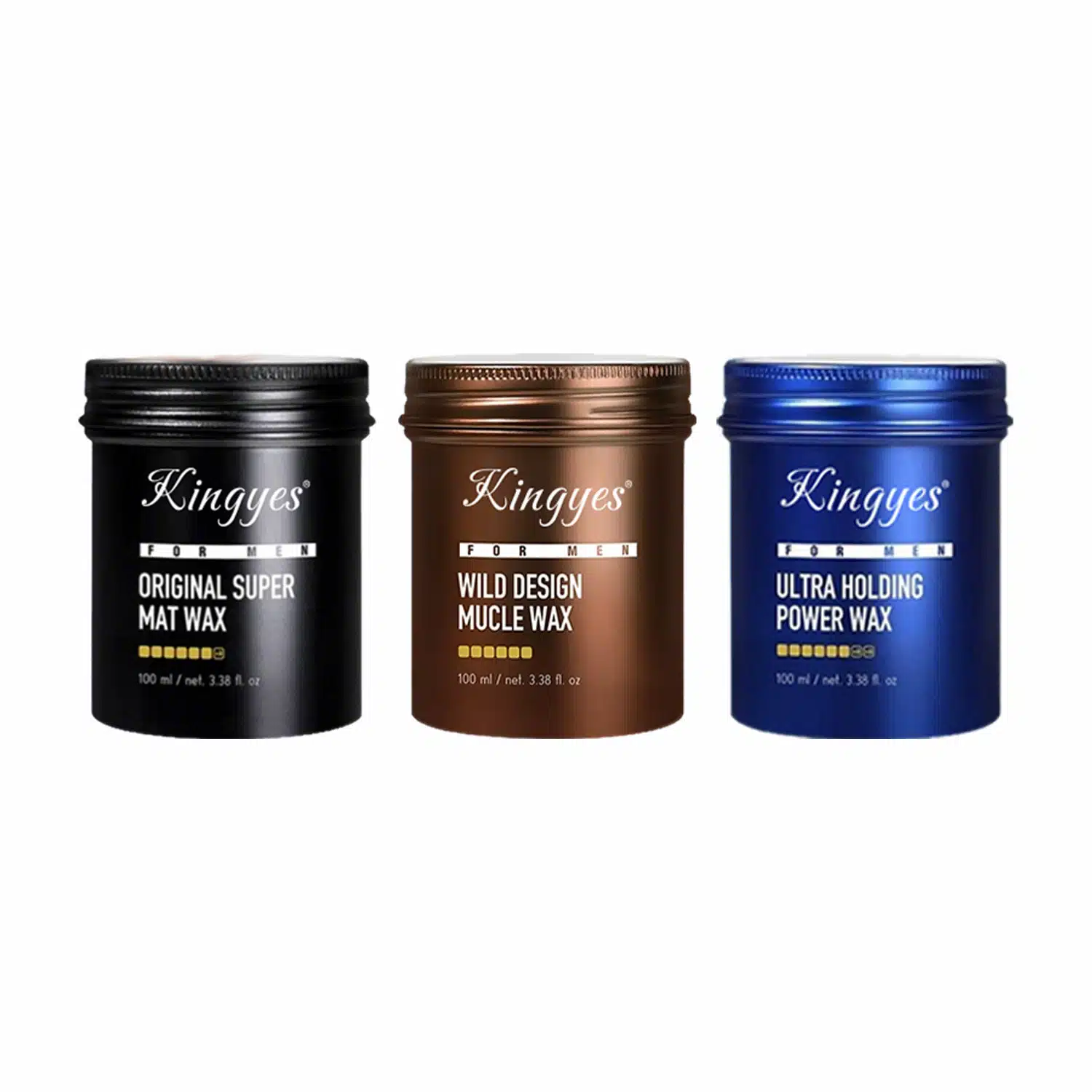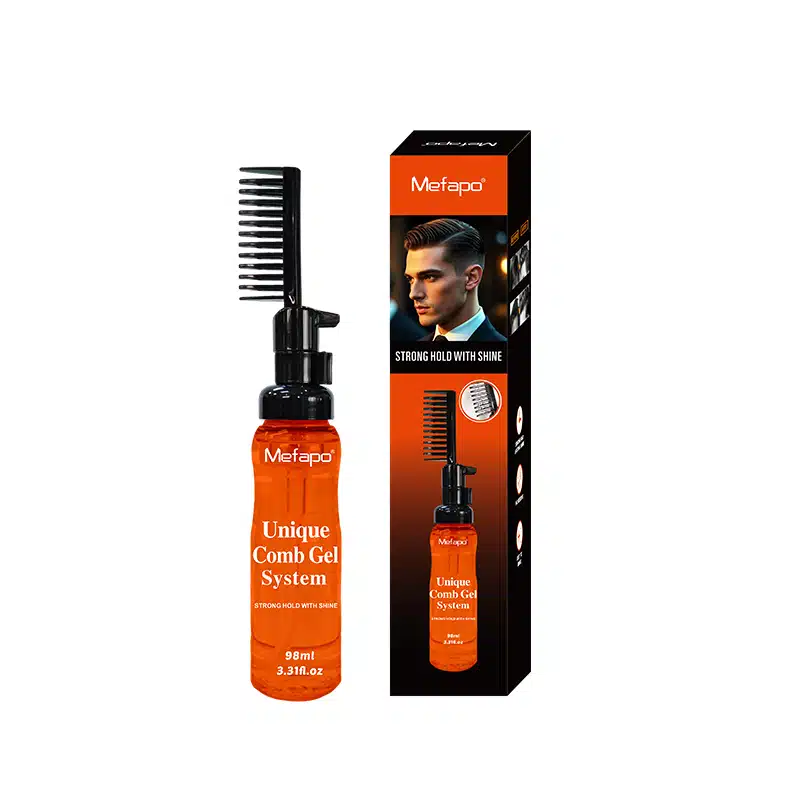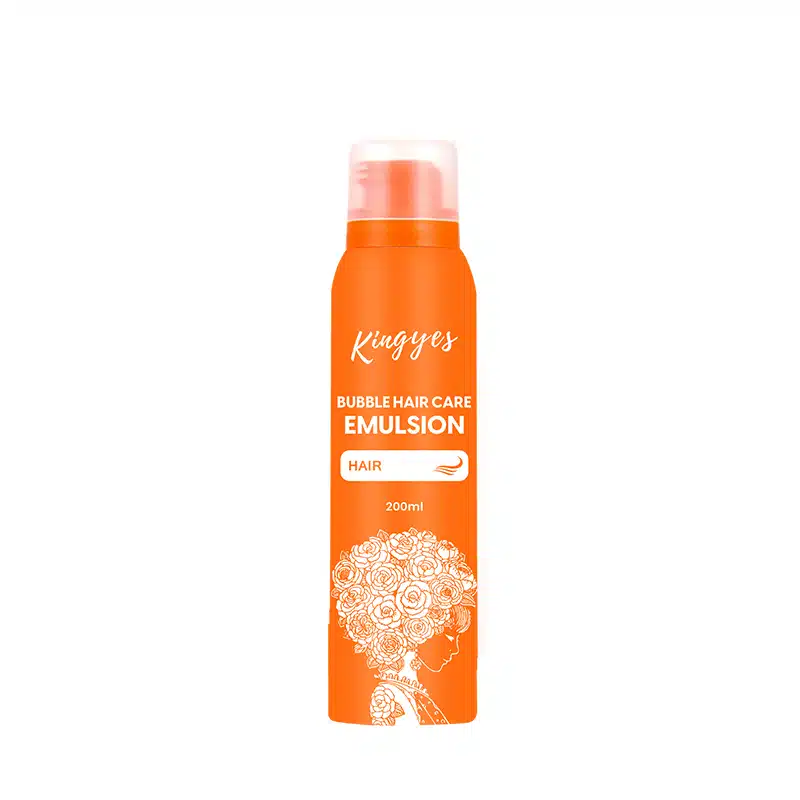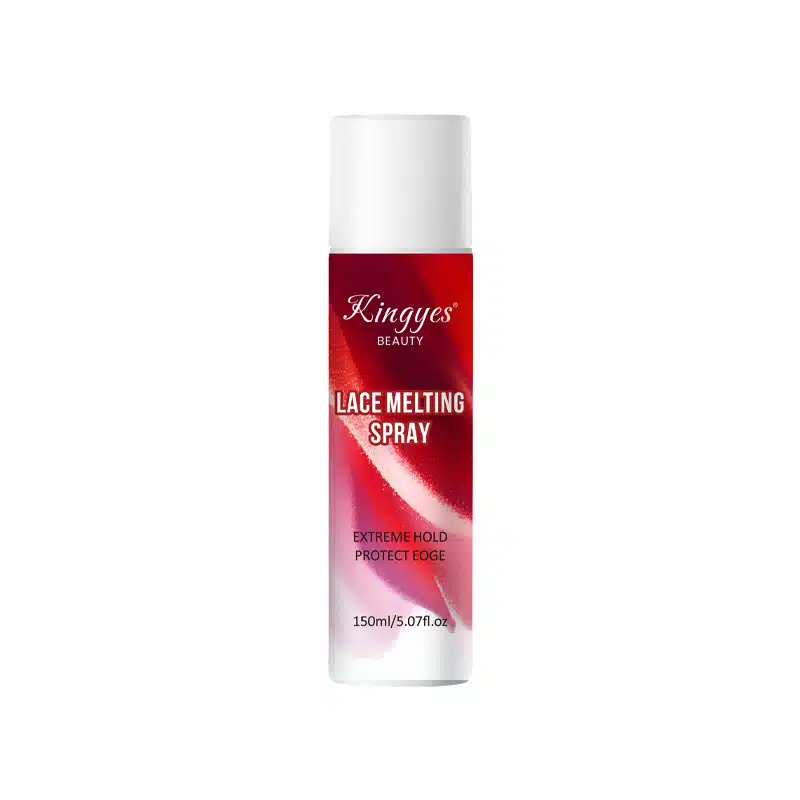
What Is Quality Control In The Cosmetics Industry?
Table of Contents
Decoding the Gold Standard: What You Need to Know About Quality Control in Cosmetics
The cosmetic industry is a dynamic and ever-growing market, offering a vast array of products designed to enhance beauty and personal care. But behind every cosmetic product lies a critical process that ensures its safety and quality for consumers: quality control. Quality control in cosmetics is a multifaceted discipline that encompasses everything from raw material selection to final product testing. This comprehensive guide explores the vital role of quality control in the cosmetics industry, uncovering the best practices, rigorous testing methods, and regulations that cosmetic companies must adhere to. We will delve into the need to know about quality control for cosmetic product and the cosmetic manufacturing process. Whether you’re a cosmetic professional, a consumer, or simply curious about how your favorite products are made, this article will provide valuable insights into the rigorous world of cosmetic quality control.
What is Quality Control and Why is it Important in the Cosmetics Industry?
Quality control (QC) is a systematic process used to ensure that a product or service meets defined quality standards and customer requirements. In the cosmetics industry, quality control is of paramount importance because it directly impacts the safety, efficacy, and overall quality of cosmetic products. Quality control of cosmetic products is crucial. It involves implementing procedures and conducting tests throughout the entire manufacturing process, from raw material sourcing to finished product distribution. The cosmetics sector is subject to stringent regulations, making quality control even more critical.
The importance of quality control in cosmetics stems from several factors:
- Consumer Safety: Cosmetic products are applied directly to the skin, hair, and nails, and can be absorbed into the body. Rigorous quality control measures are essential to ensure that products are safe for their intended use and do not contain harmful ingredients or contaminants that could cause adverse reactions, such as skin irritation, allergies, or more serious health problems.
- Product Efficacy: Quality control helps to ensure that cosmetic products perform as intended and deliver the promised benefits. This includes verifying the concentration of active cosmetic ingredients, ensuring proper formulation, and conducting stability testing to confirm the product’s shelf life.
- Regulatory Compliance: The cosmetic industry is subject to a complex web of regulations and standards that vary by country and region. Quality control systems help cosmetic manufacturers comply with these regulatory requirements, avoiding legal issues, penalties, and product recalls. Cosmetic products must meet all relevant safety regulations.
- Brand Reputation and Consumer Trust: Consistent product quality is essential for building and maintaining a positive brand reputation and fostering consumer trust. Quality control helps to prevent quality issues that could damage a brand’s image and erode customer loyalty.
Quality control in the cosmetics industry is not just about meeting minimum standards; it’s about striving for excellence and exceeding consumer expectations. Effective quality control is essential for cosmetic companies to thrive in a competitive market. It also promotes cosmetic safety.
The Role of Good Manufacturing Practices (GMP) in Cosmetic Quality Control
Good Manufacturing Practices (GMP) are a set of guidelines that outline the minimum requirements that a manufacturer must meet to ensure that their products are consistently high-quality, safe, and fit for their intended use. GMP covers all aspects of production, from raw materials and premises to equipment, personnel training, and hygiene. It is a cornerstone of quality control in many industries, including cosmetics. Cosmetic manufacturing must follow good manufacturing practices.
In the cosmetic industry, GMP guidelines address specific concerns relevant to cosmetic products, such as:
- Preventing Contamination: GMP provides detailed procedures for cleaning and sanitizing equipment, preventing cross-contamination between different products, and controlling the manufacturing environment to minimize the risk of microbial, chemical, or physical contamination. This is essential.
- Ensuring Raw Material Quality: GMP requires cosmetic manufacturers to establish specifications for all raw materials and to verify that incoming materials meet these specifications through appropriate testing. Suppliers must be carefully vetted.
- Controlling the Manufacturing Process: GMP guidelines outline procedures for each step of the manufacturing process, from weighing and mixing ingredients to filling and packaging the final product. This helps ensure compliance.
- Personnel Training: GMP emphasizes the importance of training all personnel involved in cosmetic manufacturing and quality control to ensure they have the necessary skills and knowledge to perform their tasks correctly.
- Documentation and Traceability: GMP requires thorough documentation of all manufacturing and quality control activities, allowing for traceability of each product batch back to its raw materials and manufacturing history. This is important for quality investigations and audits.
Adhering to GMP principles is not only a best practice but often a legal requirement for cosmetic manufacturers in many countries. Regulatory bodies, such as the FDA in the U.S. and the European Commission in the EU, have established GMP guidelines for cosmetics, and they conduct inspections to ensure compliance. Implementing GMP helps cosmetic companies ensure the safety and quality of their products, meet regulatory obligations, and build consumer trust. The cosmetic industry utilizes GMP to ensure the quality of cosmetic products.
Cosmetic Product Testing: A Deep Dive into the Methods
Cosmetic product testing is a vital component of quality control in cosmetics. It involves conducting a variety of tests on raw materials, in-process samples, and finished products to verify their safety, quality, efficacy, and compliance with relevant standards and regulations. Testing for cosmetic products is crucial. Cosmetic product testing encompasses a wide range of testing methods, including:
- Microbiological Testing: Cosmetic products must be free from harmful microorganisms that could cause spoilage or pose a risk to consumer health. Microbial testing involves testing products for the presence of bacteria, yeast, and mold, as well as specific pathogens. This helps ensure product safety.
- Stability Testing: Stability testing is conducted to determine the shelf life of a cosmetic product and to ensure that it maintains its intended physical, chemical, and microbiological quality under various storage conditions. This typically involves storing product samples at different temperatures and humidity levels for a set period and then testing them at regular intervals. These tests also help to ensure compliance with regulations.
- Preservative Efficacy Testing (PET): Also known as challenge testing, PET assesses the effectiveness of a product’s preservative system in preventing microbial growth during its intended use and shelf life. It helps to ensure that the product will remain safe for use throughout its lifespan.
- Chemical Testing: Chemical testing is used to verify the identity, purity, and concentration of ingredients in cosmetic products. This can involve techniques such as chromatography, spectroscopy, and titration.
- Physical Testing: Physical testing evaluates the physical properties of a cosmetic product, such as its viscosity, pH, color, odor, texture, and density. These properties can affect the product’s performance, stability, and consumer acceptance.
- Safety Testing: Safety testing aims to ensure that a cosmetic product is safe for its intended use and will not cause adverse reactions, such as skin irritation, sensitization, or phototoxicity. Traditionally, some safety tests involved animal testing, but there is a growing movement towards alternative, non-animal testing methods, such as in vitro tests using cell cultures or reconstructed human tissues. Many countries have now banned animal testing for cosmetics.
- Performance Testing: Performance testing, also known as efficacy testing, evaluates whether a cosmetic product delivers its claimed benefits, such as moisturizing, anti-aging, or sun protection. This may involve instrumental measurements, consumer perception studies, or clinical trials.
Cosmetic companies may conduct these tests in-house or outsource them to specialized contract testing laboratories. Testing ensures that products are safe and effective. Lab testing is a crucial aspect of cosmetic manufacturing.
Understanding Cosmetic Regulations and Standards
The cosmetic industry is subject to a complex web of regulations and standards that vary by country and region. These regulations are designed to ensure the safety of cosmetic products and to protect consumers from misleading or false claims. Cosmetic manufacturers must be aware of and comply with the regulations in each market where they sell their products. Some key regulatory frameworks for cosmetics include:
- The EU Cosmetics Regulation (EC) No. 1223/2009: This regulation governs the manufacture and sale of cosmetic products in the European Union. It establishes requirements for product safety, labeling, GMP, and notification of products to a central database.
- The U.S. Federal Food, Drug, and Cosmetic Act (FD&C Act): This act, enforced by the FDA, regulates cosmetics in the United States. It prohibits the marketing of adulterated or misbranded cosmetics and requires that cosmetics be safe for their intended use.
- Health Canada’s Food and Drugs Act and Cosmetic Regulations: These regulations govern the safety, labeling, and sale of cosmetics in Canada.
- Japan’s Pharmaceutical and Medical Device Act (PMD Act): This act regulates cosmetics in Japan, categorizing them as either “cosmetics” or “quasi-drugs” depending on their intended use and ingredients.
- ASEAN Cosmetic Directive: This directive harmonizes cosmetic regulations among the member states of the Association of Southeast Asian Nations (ASEAN).
In addition to these regulations, cosmetic manufacturers may also choose to adhere to voluntary standards, such as the ISO 22716 standard for Good Manufacturing Practices in cosmetics. These regulations and standards are important for maintaining consumer safety.
The Different Stages of Quality Control in Cosmetic Manufacturing
Quality control is integrated into every stage of the cosmetic manufacturing process, from the initial concept to the final product. Here’s an overview of the key stages of quality control:
- Product Development and Formulation: Quality control begins in the product development phase. Cosmetic scientists and formulators carefully select cosmetic ingredients, considering their safety, efficacy, and compatibility. They conduct extensive research and testing to develop a cosmetic formulation that meets the desired performance criteria and complies with relevant regulations. Rigorous quality control measures are essential during this phase.
- Raw Material Sourcing and Testing: Before being used in production, all raw materials must undergo rigorous quality control checks. This involves verifying the identity, purity, and quality of each raw material through various testing methods. Suppliers are often audited to ensure they meet the required quality standards. This is a very important step in quality control.
- Manufacturing Process Control: During the manufacturing process, quality control personnel monitor critical parameters at each step to ensure consistency and prevent deviations. This includes verifying the correct weighing and mixing of ingredients, controlling process parameters (e.g., temperature, mixing time), and conducting in-process tests to check the product’s physical and chemical properties. Regular checks are performed throughout the production process.
- Finished Product Testing: Once the cosmetic product is manufactured, it undergoes comprehensive testing to verify its safety, quality, and performance. This includes microbiological testing, stability testing, chemical and physical testing, and safety assessments. Cosmetic testing is an essential step. Testing plays a vital role in quality control.
- Packaging and Labeling Control: Quality control also extends to the packaging and labeling of cosmetic products. Packaging materials are inspected to ensure they are of appropriate quality and will protect the product during storage and transportation. Labels are carefully reviewed to ensure they are accurate, complete, and comply with all applicable regulations.
- Storage and Distribution: Even after the product leaves the manufacturing facility, quality control measures continue. Cosmetic products must be stored and transported under appropriate conditions to maintain their quality and prevent degradation.
- Post-Market Surveillance: Cosmetic companies monitor their products even after they are on the market. This includes tracking and investigating any consumer complaints, monitoring adverse event reports, and conducting post-market testing if necessary. This helps to identify potential issues.
Each of these stages plays a crucial role in ensuring that cosmetic products meet the highest quality and safety standards. Quality control is an ongoing process that requires constant vigilance and a commitment to continuous improvement. These are the stages of quality control.
The Importance of Raw Material Selection and Testing
The quality of a cosmetic product is highly dependent on the quality of its ingredients. Selecting and testing raw materials is therefore a critical aspect of quality control in the cosmetics industry. Cosmetic manufacturers must carefully evaluate potential suppliers and establish specifications for each raw material used in their products. Raw material selection is the first step in the quality control process.
Raw material specifications should include criteria for:
- Identity: Ensuring that the raw material is what it is claimed to be.
- Purity: Setting limits for impurities and contaminants.
- Strength/Potency: Defining the concentration of active components, if applicable.
- Physical and Chemical Properties: Specifying parameters such as appearance, color, odor, pH, viscosity, and solubility.
- Microbiological Quality: Setting limits for microbial counts and specifying the absence of pathogenic microorganisms.
Before being used in production, each batch of raw material should be tested to verify that it meets the established specifications. This may involve a combination of physical, chemical, and microbiological tests. Raw materials that do not meet the specifications should be rejected and not used in production. Proper raw material selection and testing are essential for ensuring the safety and quality of the final product. This is an essential part of quality control.
In-Process Quality Control: Monitoring the Production Process
In-process quality control involves monitoring and controlling the manufacturing process at various stages to ensure that the product is being manufactured consistently and according to established procedures. This includes checking and controlling critical parameters during each step of the process, from weighing and mixing ingredients to filling and packaging the finished product. The goal is to detect any deviations from the desired quality standards early in the process so that corrective actions can be taken promptly.
In-process quality control checks may include:
- Verifying the correct weighing and mixing of ingredients: This helps to ensure that the product is formulated correctly and that the ingredients are properly dispersed.
- Monitoring process parameters: This could include temperature, mixing time, mixing speed, pressure, and other variables that can affect product quality.
- Conducting in-process tests: This may involve testing the pH, viscosity, density, or other physical or chemical properties of the product at various stages of production.
- Inspecting the appearance of the product: This includes checking for color, clarity, homogeneity, and the absence of foreign matter.
- Monitoring the filling and packaging process: This helps to ensure that the correct amount of product is filled into each container and that the containers are properly sealed and labeled.
In-process quality control is a proactive approach to quality management. It helps to prevent defects from occurring in the first place, rather than relying solely on final product testing to catch issues. By monitoring the production process closely and taking corrective actions when necessary, cosmetic manufacturers can ensure consistent quality and minimize waste. This is an important part of quality management.
Finished Product Testing: Ensuring Safety and Quality
Finished product testing is the final stage of the quality control process. It involves conducting a comprehensive set of tests on the finished cosmetic product to verify that it meets all relevant quality standards and specifications before it is released for distribution. Final product testing is crucial for ensuring the safety, efficacy, and overall quality of the cosmetic product. This is essential in order to ensure compliance with regulations.
Finished product testing typically includes:
- Microbiological Testing: This involves testing the product for the presence of microorganisms, such as bacteria, yeast, and mold. Cosmetic products must meet strict microbiological standards to ensure they are safe for consumer use and will not spoil during their shelf life.
- Stability Testing: Stability testing assesses the product’s ability to maintain its intended physical, chemical, and microbiological quality under various storage conditions over time. This helps to determine the product’s shelf life and appropriate storage conditions. These tests help cosmetic companies assess the product’s quality.
- Chemical Testing: This can involve testing the product’s pH, viscosity, density, and the concentration of active ingredients. It may also include tests for specific chemicals or contaminants that are regulated or of concern.
- Physical Testing: This involves evaluating the product’s appearance, color, odor, texture, and other physical characteristics to ensure they meet the desired quality standards.
- Safety Testing: Depending on the product type and intended use, safety testing may include assessments for skin irritation, sensitization, phototoxicity, and eye irritation. Testing ensures product safety.
- Performance Testing (Efficacy Testing): This involves evaluating the product’s ability to deliver its claimed benefits, such as moisturization, anti-aging effects, or sun protection. This type of testing may involve instrumental measurements, consumer perception studies, or clinical trials.
The specific tests required for a given cosmetic product will depend on its formulation, intended use, and the regulatory requirements in the target market. Finished product testing provides a final verification that the cosmetic product is safe, effective, and of high quality before it reaches the consumer. Cosmetic product testing is crucial to the cosmetic industry. Product testing plays a key role in quality control.
The Role of Documentation and Record-Keeping in Quality Control
Documentation and record-keeping are fundamental aspects of an effective quality control system. They provide a written record of all activities related to the manufacturing and testing of cosmetic products, ensuring transparency, traceability, and accountability throughout the entire process. Proper documentation is not only a best practice but also a requirement of GMP and ISO 22716. Cosmetic quality control relies on thorough documentation.
Key documents and records in cosmetic quality control include:
- Standard Operating Procedures (SOPs): These are detailed, written instructions that describe how to perform specific tasks, such as operating equipment, conducting tests, cleaning and sanitizing, and handling materials.
- Batch Records: These records document the complete history of each batch of cosmetic product manufactured, including information about the raw materials used, the manufacturing process, in-process controls, and any deviations that occurred.
- Testing Records: These records document the results of all tests performed on raw materials, in-process samples, and finished products. They should include the test method used, the results obtained, and the acceptance criteria.
- Specifications: These documents define the quality standards that raw materials, packaging materials, and finished products must meet. They include detailed descriptions of the required characteristics and the acceptable limits for each parameter.
- Stability Protocols and Reports: These documents outline the procedures for conducting stability testing and record the results of these tests.
- Validation Protocols and Reports: These documents describe the procedures for validating processes, equipment, and test methods, and they record the results of these validation studies.
- Training Records: These records document the training received by each employee involved in manufacturing and quality control activities.
- Audit Reports: These reports document the findings of internal and external audits of the quality management system and manufacturing practices.
- Complaint Records: These records document any consumer complaints received regarding product quality or safety, as well as the investigations conducted and corrective actions taken.
- Corrective and Preventive Action (CAPA) Records: These records document any deviations from established procedures or specifications, the investigations conducted to determine the root cause, and the corrective and preventive actions taken to address the issue and prevent recurrence.
Maintaining accurate and complete records is essential for demonstrating compliance with GMP and ISO 22716, as well as for facilitating investigations into quality issues and supporting continuous improvement efforts. Proper documentation also helps to ensure the traceability of each cosmetic product back to its raw materials, manufacturing history, and testing records. This is particularly important in the event of a product recall or a safety concern.
Challenges and the Future of Quality Control in Cosmetics
The cosmetic industry faces several challenges in maintaining stringent quality standards:
- Complex Supply Chains: Cosmetic products often contain ingredients sourced from around the world, making it challenging to ensure the quality and safety of all raw materials. Cosmetic manufacturers must carefully manage their suppliers and implement robust testing programs to verify the quality of incoming materials.
- Rapid Innovation: The cosmetics industry is characterized by rapid innovation, with new products and formulations constantly being developed. This can make it challenging to keep up with the latest testing methods and quality standards.
- Evolving Regulations: Cosmetic regulations and standards are continuously evolving as new scientific information emerges and consumer expectations change. Cosmetic companies must stay informed about these changes and adapt their quality control practices accordingly.
- Counterfeit Products: The proliferation of counterfeit cosmetic products poses a significant challenge to the industry. These products may not be subject to the same rigorous quality control measures as legitimate products and can pose a risk to consumer safety. Quality control tests for cosmetics can help to identify counterfeit products.
- Sustainability Concerns: There is a growing demand for sustainable and eco-friendly cosmetic products, which can create challenges for quality control. Manufacturers need to ensure that sustainable alternatives to traditional ingredients and packaging materials meet the same high-quality standards.
- Cost Pressures: Maintaining a robust quality control system can be costly, requiring investments in equipment, personnel, training, and testing. Cosmetic manufacturers must balance the need for stringent quality control with the need to remain competitive in the marketplace.
Despite these challenges, the future of quality control in cosmetics is promising. Advances in technology, such as automation, data analytics, and artificial intelligence, are providing new tools for enhancing quality control and improving efficiency. There is also a growing emphasis on collaboration and information sharing within the industry, which can help to raise the bar for cosmetic quality and safety globally. The cosmetic industry is constantly working to improve its quality control practices.
Meeting Consumer Expectations for Quality and Safety
Consumers are increasingly aware of the importance of quality and safety in cosmetic products. They expect cosmetic companies to be transparent about their ingredients, manufacturing practices, and quality control procedures. Social media and online reviews have given consumers a powerful voice, and they are not afraid to use it to express their opinions and concerns about cosmetic products. Many consumers are also seeking out brands that align with their values, such as those that are cruelty-free, vegan, or environmentally sustainable.
To meet these evolving consumer expectations, cosmetic companies must:
- Prioritize Quality and Safety: Quality control should be at the heart of every cosmetic company’s operations. Companies need to invest in robust quality management systems, implement rigorous testing protocols, and adhere to GMP and relevant standards like ISO 22716.
- Be Transparent: Cosmetic companies should be transparent about their ingredients, sourcing practices, manufacturing processes, and quality control procedures. This includes providing clear and accurate product labeling, as well as making information readily available to consumers through their websites and other communication channels.
- Engage with Consumers: Companies should actively engage with consumers, listen to their feedback, and address their concerns. This can help to build trust and loyalty. Social media can be a powerful tool for engaging with consumers and responding to their questions and concerns.
- Embrace Sustainability: Consumers are increasingly concerned about the environmental impact of their purchasing decisions. Cosmetic companies should strive to minimize their environmental footprint by using sustainable ingredients, reducing waste, and adopting eco-friendly packaging.
- Support Cruelty-Free Practices: Animal testing for cosmetics is a controversial issue, and many consumers are opposed to it. Cosmetic companies should support the development and use of alternative, non-animal testing methods and seek out cruelty-free certifications.
- Continuously Improve: Quality control is an ongoing process that requires continuous improvement. Cosmetic companies should regularly review and update their quality control procedures, invest in new technologies, and stay informed about the latest scientific research and regulatory developments.
By prioritizing quality and safety, embracing transparency, and engaging with consumers, cosmetic companies can build trust, enhance their brand reputation, and meet the evolving demands of today’s informed and discerning consumers. This is essential in today’s cosmetics market.
The Role of Third-Party Testing and Certification
Many cosmetic companies choose to work with independent, third-party laboratories for cosmetic product testing and certification. These labs specialize in conducting the various tests required to ensure the safety and quality of cosmetic products, such as microbiological testing, stability testing, chemical analysis, and safety assessments. Using a third-party lab can offer several advantages, including:
- Expertise and Specialized Equipment: Third-party labs often have specialized expertise and equipment that may not be available in-house. This can be particularly important for smaller companies that may not have the resources to invest in their own testing facilities.
- Impartiality and Credibility: Independent testing labs can provide an unbiased assessment of a product’s quality and safety, which can enhance the credibility of the results. Testing results from a reputable third-party lab can carry more weight with regulators and consumers than in-house testing data.
- Compliance with Standards: Many third-party labs are accredited to international standards, such as ISO/IEC 17025, which provides a framework for ensuring the competence of testing and calibration laboratories. Using an accredited lab can help cosmetic companies demonstrate compliance with relevant regulations and standards.
- Cost-Effectiveness: For some companies, outsourcing testing to a third-party lab can be more cost-effective than investing in and maintaining their own testing equipment and personnel.
In addition to testing, some third-party organizations offer certification programs for cosmetic products, such as ISO 22716 certification for GMP compliance. Obtaining certification from a reputable organization can provide assurance to consumers and retailers that a cosmetic company has implemented a robust quality management system and adheres to stringent quality standards.
The Importance of Collaboration and Information Sharing
Collaboration and information sharing within the cosmetic industry are essential for advancing quality control practices and ensuring the safety of cosmetic products. Industry associations, such as the Personal Care Products Council (PCPC) in the United States and Cosmetics Europe in the European Union, play a vital role in bringing together cosmetic manufacturers, suppliers, researchers, and regulators to share knowledge, develop best practices, and address common challenges.
These organizations often develop guidelines, technical documents, and training programs to help cosmetic companies implement effective quality control systems and comply with relevant regulations and standards. They also provide a forum for discussing emerging issues, such as new scientific findings, regulatory changes, and consumer concerns. The cosmetics industry benefits greatly from such cooperation between different industry players.
In addition to industry associations, collaboration between cosmetic companies, academic researchers, and regulatory bodies is crucial for advancing the science of cosmetic quality control. Sharing research findings, developing new testing methods, and working together to address safety concerns can help to improve the overall quality and safety of cosmetic products globally. This type of cooperation is important to ensure their products meet the necessary quality and safety standards.
A Look at Specific Tests
The cosmetic industry utilizes a wide array of tests to ensure product quality, safety and compliance. Here is a look at some specific tests.
Test Type Purpose Methods Microbiological Testing To detect and quantify microorganisms (bacteria, yeast, mold) in the product and ensure it is free from harmful pathogens. Plate counts, membrane filtration, enrichment cultures, microbial identification techniques Stability Testing To assess the product’s ability to maintain its physical, chemical, and microbiological quality under various storage conditions over time. Real-time stability testing (storing product at recommended conditions), accelerated stability testing (storing product at elevated temperatures and/or humidity), freeze-thaw testing Preservative Efficacy Testing To evaluate the effectiveness of the preservative system in preventing microbial growth during the product’s shelf life and use. Inoculating the product with a known concentration of microorganisms and monitoring their growth over time (challenge test) Chemical Testing To verify the identity, purity, and concentration of ingredients, determine pH, viscosity, and other chemical properties. Chromatography (HPLC, GC), spectroscopy (UV-Vis, IR, NMR), titration, pH measurement, viscometry Physical Testing To evaluate the product’s appearance, color, odor, texture, density, and other physical characteristics. Visual inspection, colorimetry, texture analysis, density measurement, sensory evaluation Safety Testing To assess the product’s potential to cause skin irritation, sensitization, phototoxicity, and eye irritation. In vitro tests (using cell cultures or reconstructed human tissues), in vivo tests (on human volunteers under controlled conditions), patch testing, repeated insult patch test (RIPT) Performance Testing To evaluate the product’s efficacy in delivering its claimed benefits (e.g., moisturization, anti-aging, sun protection). Instrumental measurements (e.g., skin hydration, elasticity), consumer perception studies, clinical trials Heavy Metal Testing To ensure the product does not contain harmful levels of heavy metals (e.g., lead, mercury, arsenic, cadmium). Atomic absorption spectroscopy (AAS), inductively coupled plasma mass spectrometry (ICP-MS) Allergen Testing To identify and quantify the presence of known allergens in the product. Enzyme-linked immunosorbent assay (ELISA), gas chromatography-mass spectrometry (GC-MS) This table provides a glimpse into the diverse array of tests conducted in cosmetic quality control. The specific tests required for a given product will depend on its formulation, intended use, and the regulatory requirements of the target market.
The Future of Quality Control in Cosmetics
The field of quality control in cosmetics is continuously evolving, driven by advancements in science and technology, new regulations, and changing consumer expectations. Some key trends that are likely to shape the future of cosmetic quality control include:
- Automation and Digitalization: Automation and digitalization are playing an increasingly important role in cosmetic manufacturing and quality control. Automated systems can help to improve efficiency, reduce human error, and enhance the consistency of product quality. Digital technologies, such as laboratory information management systems (LIMS) and electronic batch records, can streamline data management and improve traceability. These systems also help to ensure compliance with regulations.
- Real-Time Monitoring and Control: Advances in sensor technology and data analytics are enabling real-time monitoring and control of critical process parameters during cosmetic manufacturing. This allows for immediate adjustments to be made to maintain product quality and prevent deviations. Real-time monitoring can also help to optimize processes and reduce waste.
- Rapid Testing Methods: There is a growing need for rapid testing methods that can provide faster results without compromising accuracy. This is particularly important for microbiological testing, where traditional methods can take several days to complete. Rapid methods, such as ATP bioluminescence and rapid PCR, can significantly reduce testing time. Cosmetic testing is constantly evolving.
- Personalized Cosmetics: The trend towards personalized cosmetics is creating new challenges for quality control. Manufacturers need to develop flexible manufacturing processes that can accommodate small batch sizes and customized formulations while maintaining product quality and safety.
- Sustainability: Sustainability is becoming an increasingly important consideration in the cosmetic industry. This includes the use of sustainable raw materials, reducing energy and water consumption during manufacturing, minimizing waste generation, and using eco-friendly packaging materials. Quality control will need to adapt to these changing priorities.
- Increased Transparency: Consumers are demanding greater transparency from cosmetic companies regarding their ingredients, manufacturing practices, and quality control procedures. Companies will need to provide more information to consumers and be prepared to answer their questions about product quality and safety.
- Global Harmonization of Standards: Efforts are underway to harmonize cosmetic regulations and standards globally. This will simplify compliance for companies operating in multiple markets and help to ensure consistent product quality and safety worldwide.
The cosmetic industry is embracing these trends to enhance product quality, improve efficiency, and meet the evolving expectations of regulators and consumers. The future of quality control in cosmetics will likely involve a combination of advanced technologies, data-driven decision-making, and a continued focus on product safety and sustainability. The quality control tests for cosmetics will need to evolve along with the industry.
Key Things to Remember:
- Quality control is a systematic process used to ensure that cosmetic products meet defined quality standards and are safe for consumer use.
- Good Manufacturing Practices (GMP) provide a framework for quality control in cosmetic manufacturing, covering all aspects of production, from raw material sourcing to finished product distribution.
- The ISO 22716 standard is an international standard that provides GMP guidelines specifically for the cosmetic industry.
- Cosmetic product testing is a critical component of quality control, involving a wide range of tests to assess product safety, quality, efficacy, and compliance with regulations.
- Obtaining ISO 22716 certification demonstrates a cosmetic company’s commitment to quality and GMP, but it requires significant investment and ongoing effort.
- Implementing GMP and ISO 22716 can offer benefits such as enhanced product quality and safety, increased consumer confidence, improved operational efficiency, better regulatory compliance, and a competitive advantage.
- Maintaining cosmetic quality standards can be challenging due to complex supply chains, rapid innovation, evolving regulations, counterfeit products, sustainability concerns, and cost pressures.
- Consumers are increasingly demanding high-quality, safe, and ethically produced cosmetics, and they expect transparency from cosmetic companies regarding their ingredients and practices.
- Third-party testing and certification can provide expertise, impartiality, and credibility in assessing cosmetic quality and safety.
- Collaboration and information sharing within the cosmetic industry are essential for advancing quality control practices and ensuring the safety of cosmetic products. The crucial role of quality. control cannot be overstated.
Comments
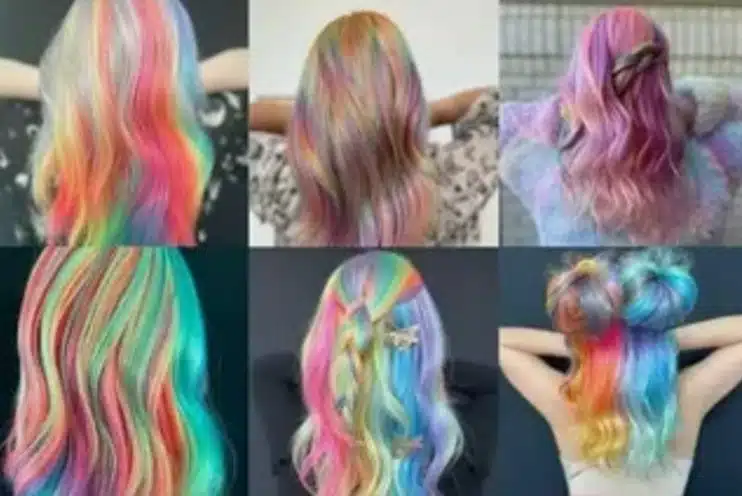
How Do You Remove Temporary Hair Dye Spray?
Got colorful hair but ready to return to your natural look?
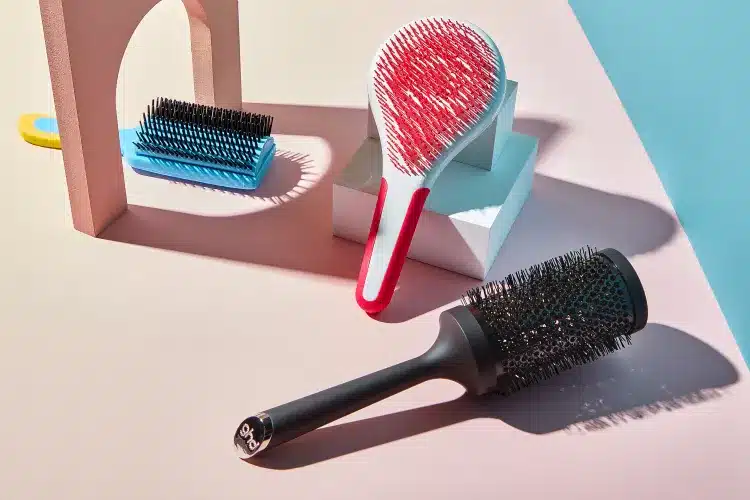
How To Choose The Right Hair Brush
Hair styling products are specialized formulations designed to alter, enhance, and maintain hairstyles, catering to a diverse array of hair types and styling preferences.
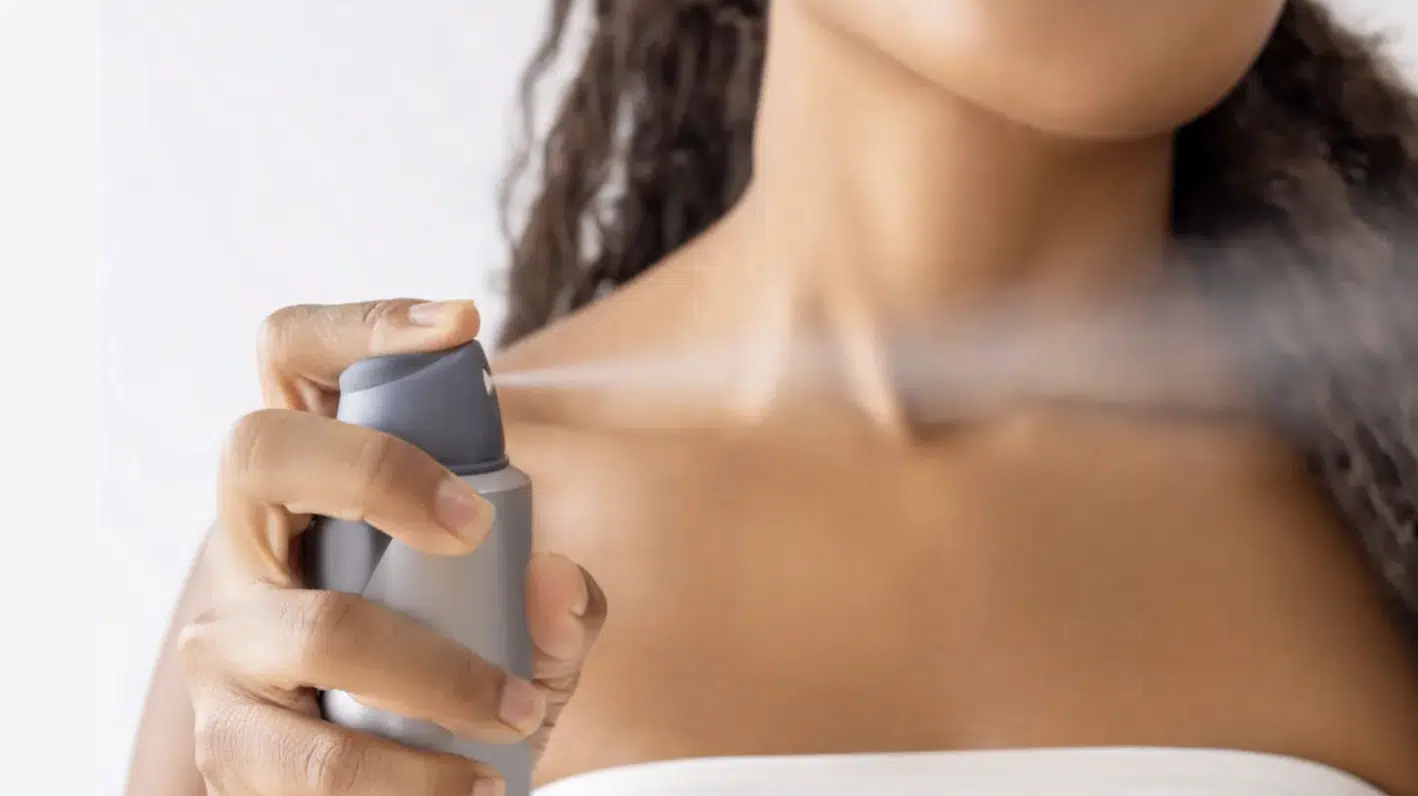
What Happens If You Don’t Use Setting Spray?
Setting spray is often lauded as the ultimate secret to a long-lasting, flawless makeup look.
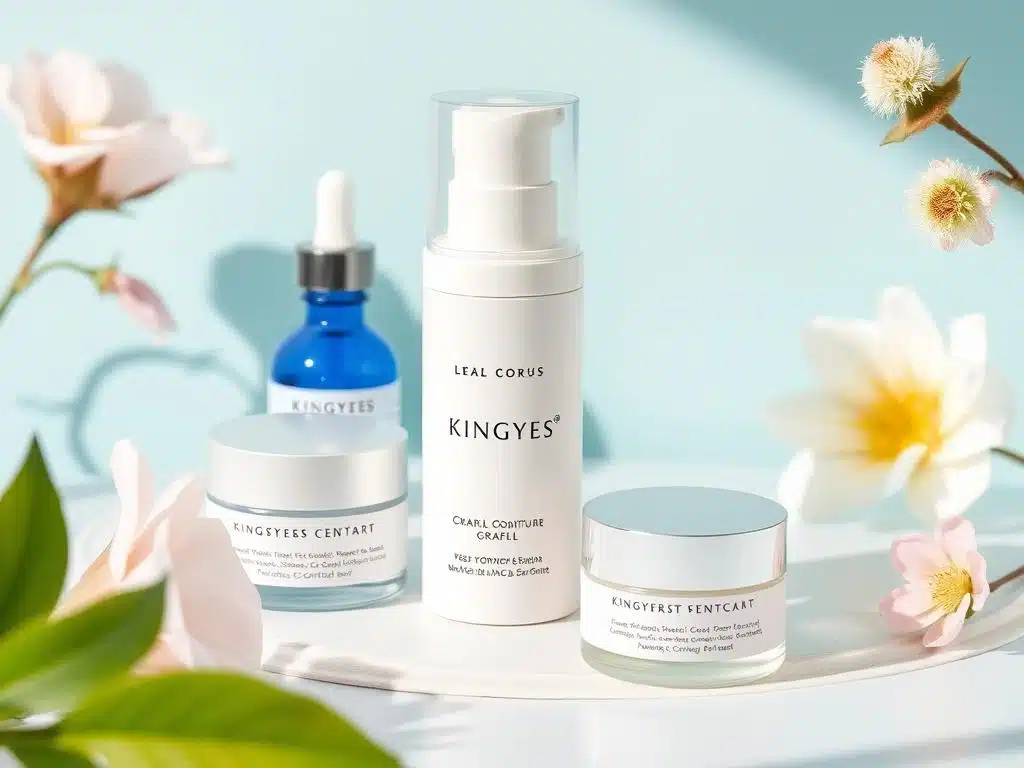
Do You Need A License To Sell Skincare On Etsy?
Thinking of turning your passion for skincare into a thriving Etsy business?
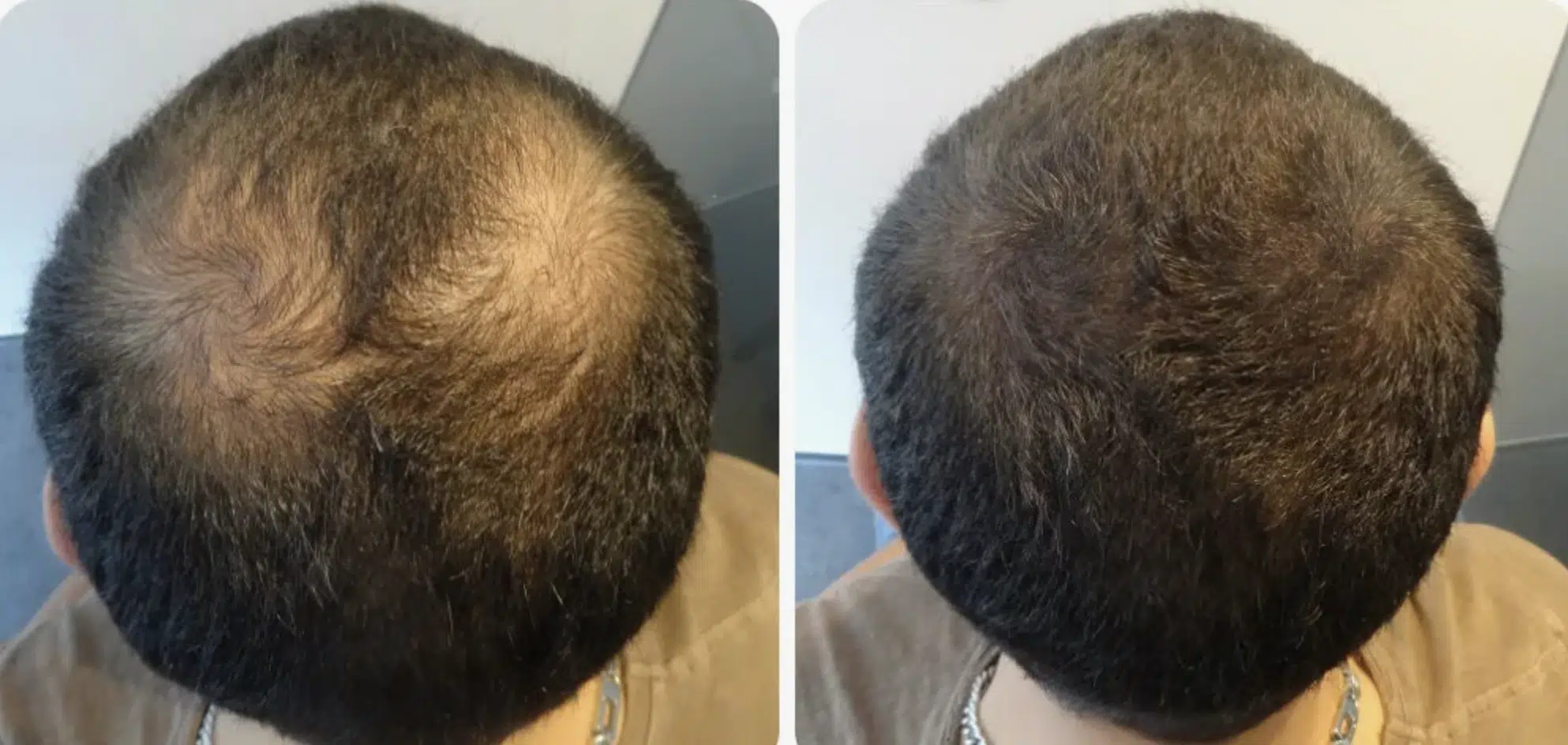
Can You Use Hair Fibres Everyday?
Hair fibers have become a go-to solution for those dealing with hair loss and thinning hair.
- +86 151 1839 7303
- [email protected]
- Mon-Sun 07:00-23:00
Tags
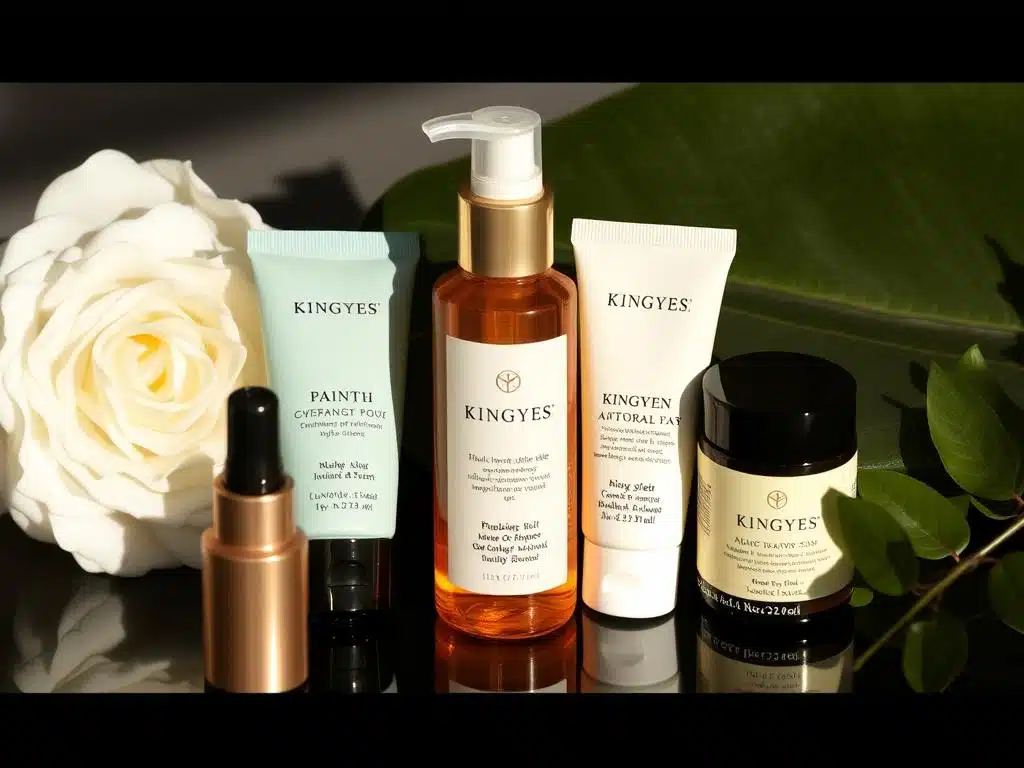
How To Sell Cosmetics On WeChat?
Are you ready to tap into the world’s largest beauty market?

How To Sell Cosmetics On Shopee?
Looking to sell cosmetics and tap into the booming e-commerce market of Southeast Asia?
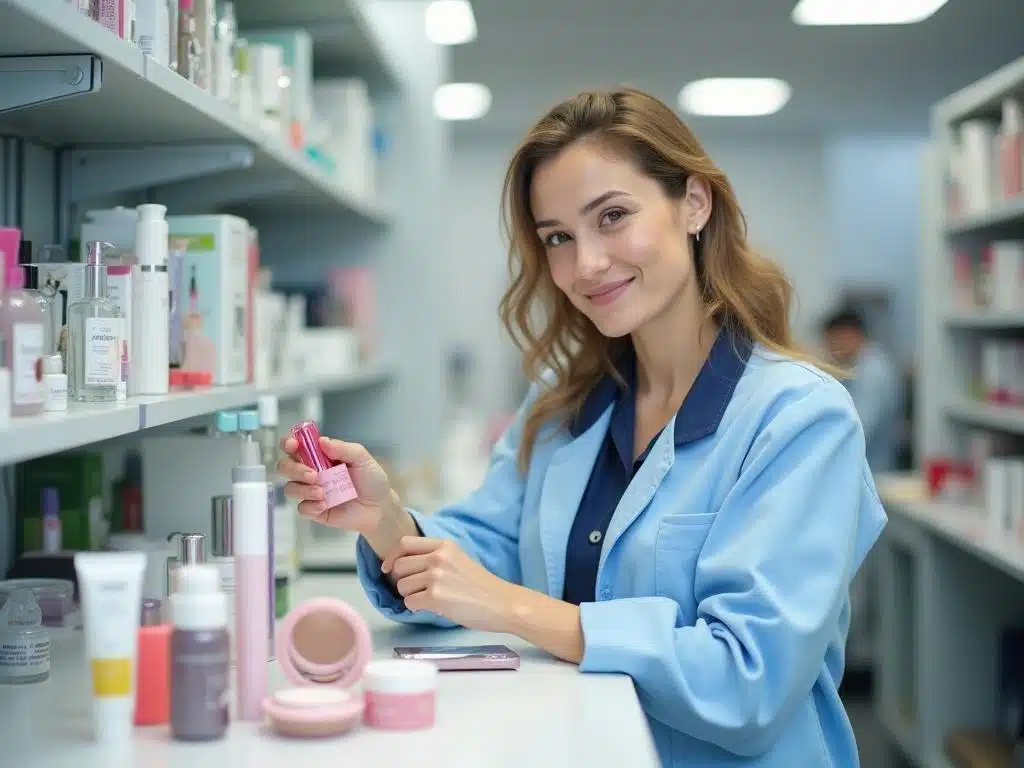
How To Cooperate With Cosmetics Factories?
In the dynamic and competitive beauty industry, partnering with the right cosmetic manufacturer is paramount to the success of your cosmetics business.

